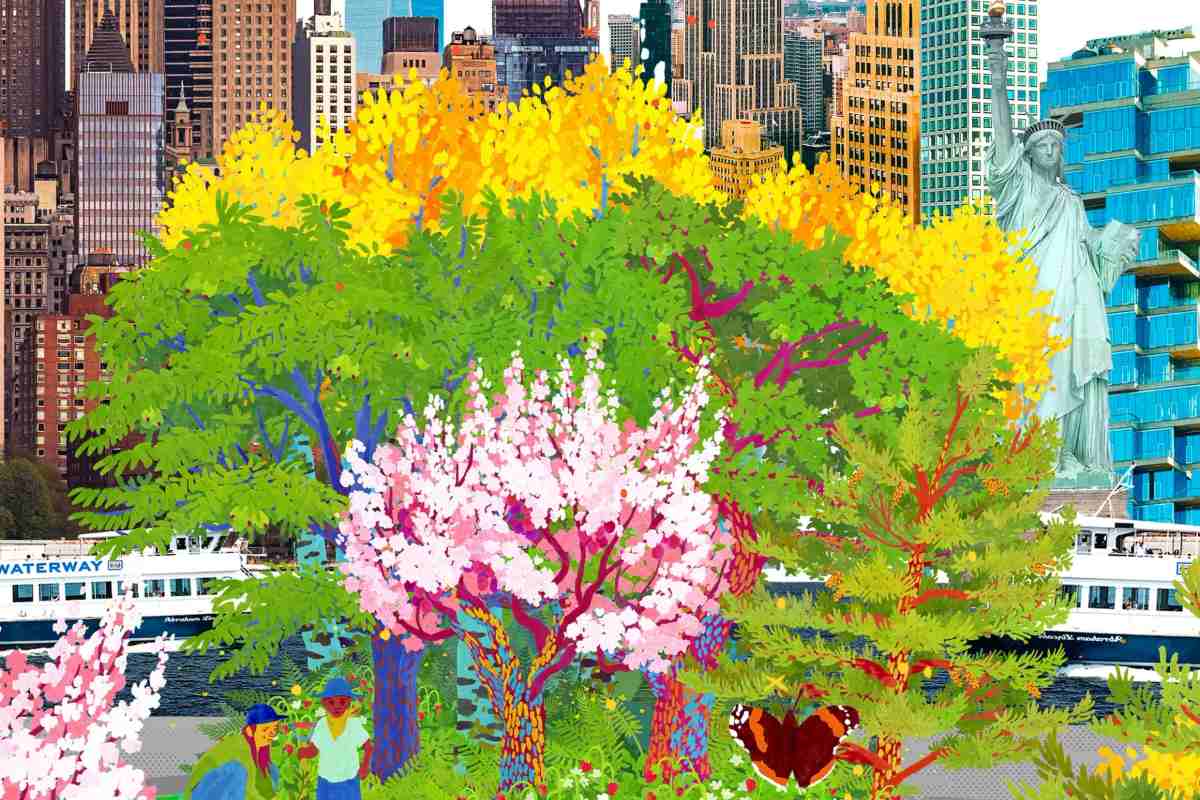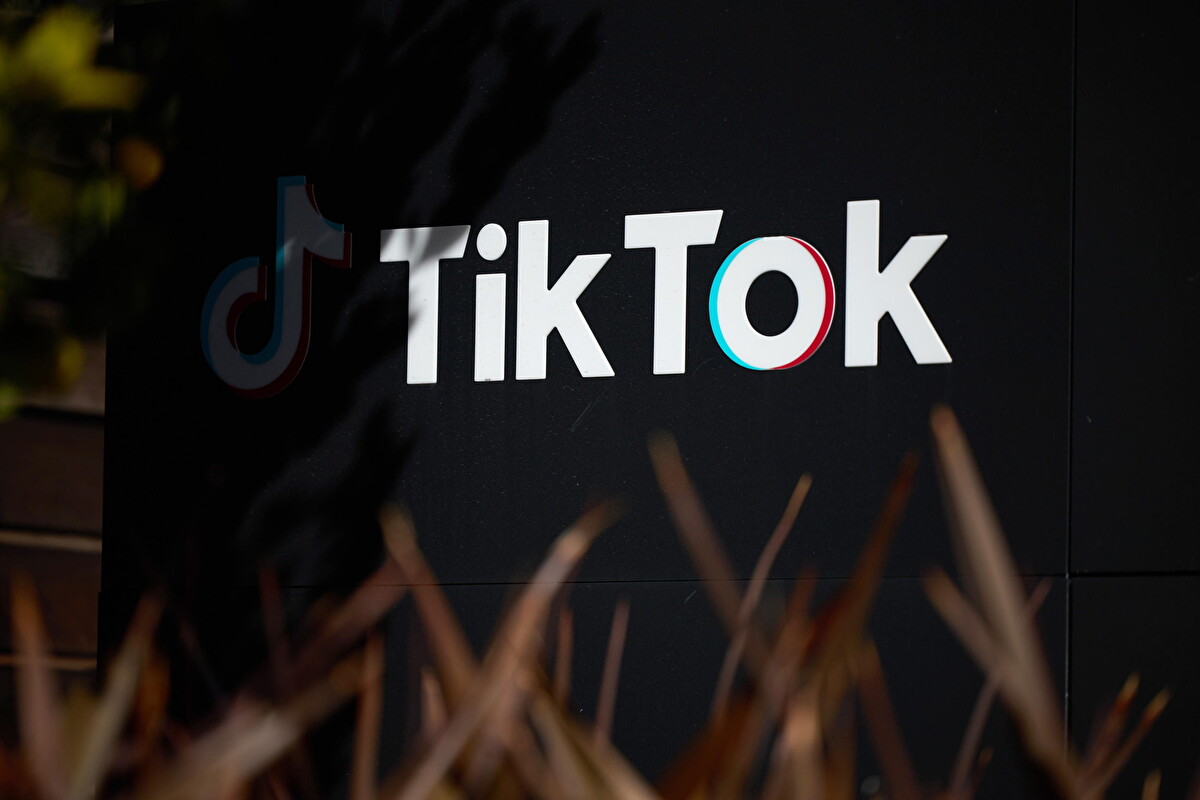A forest within walking distance of Midtown Manhattan may sound like a ream, but this spring, Roosevelt Island will become home to New York City’s very first little forest. Dubbed the Manhattan Healing Forest, the small plot of land between Manhattan and Queens on the southern point of the island will include more than 1,000 native plants, making it the first of its sort in the city, according to the designers, SUGi Project.
The forest will be developed employing the Miyawaki Method, named for the renowned Japanese botanist Akira Miyawaki, which has grown in popularity for establishing long-term ecosystems in urban areas.
Though it will only be slightly smaller than a tennis court at 2,700 square feet, project officials claim that it will have significant ecological advantages.
“We’re an island. We think about flooding, we think about storm surge, and the best treatment is to plant a tree,” Christina Delfico, founder of nature nonprofit iDig2Learn, told the New York Times. “The roots will stabilize the land. With good soil, there won’t be flooding. The concrete jungle needs pocket forests,” she added.

The first step will be to strip the area and put down a layer of mulch and compost as a foundation. Next, to encourage quick plant development, natural trees and shrubs will be planted closely together.
Miyawaki-based forests can grow fully mature in a few decades, and proponents even claim that they can become self-sufficient in as little as three years. In addition to giving residents a break from the busy daily life, it will serve as a home for insects and other animals, and will aid in air filtration. Forty plant species, including butternut, Virginia strawberry, white oak, New York fern, and Eastern white pine, are planned to grow in the new space.
According to the New York Times, SUGi will pay the full cost of the Manhattan Healing Forest, which is normally around $200 per 10 square feet.












